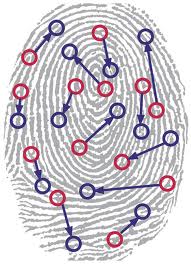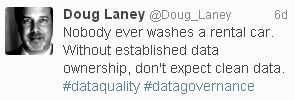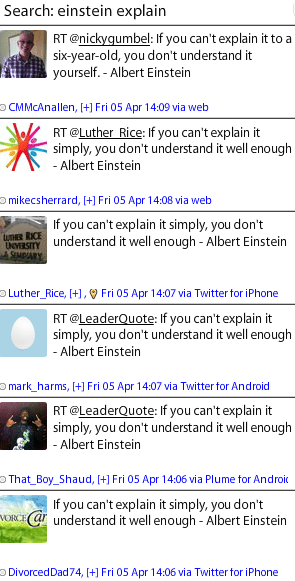We all know the pain of receiving e-mails with offers that is totally beside what you need.
Now Twitter has joined this spamming habit, which is a bit surprising, because with all the talk about big data and what it can do for prospect and customer insight, you should think that Twitter knows something about you.
Well, apparently not.
I operate two Twitter accounts. One named @hlsdk used for my general interaction with the data management community and one named @ProductDataLake used for a start-up service called Product Data Lake.
For both accounts, I am flooded with e-mails from Twitter about increasing my Holiday sales by using their ad services.

Strange, because:
- My businesses is not Business-to-Consumer (B2C) being about selling stuff to consumers, where the coming season is a high peak in the Western World. My business is Business-to-Business (B2B) where the coming season when it comes to sales is a stand still in the Western World.
- In my part of the Western World we don’t use the term Holidays for the coming season. We (still) call it Christmas as told in the post Is the Holiday Season called Christmas Time or Yuletide?
- In my home country, Denmark, you are not allowed to e-mail businesses with offers in e-mails unless you have actually asked for it. Not sure if Twitter is on the right side of the law here.










